Microsoft announces a plethora of new capabilities for Teams in VDI (Virtual Desktop Infrastructure)
The new architecture has now rolled out to all users.
3 min. read
Updated on
Read our disclosure page to find out how can you help Windows Report sustain the editorial team. Read more

There is much to discuss regarding Microsoft Teams’ development in Virtual Desktop Infrastructure (VDI). This advancement is much more than just an improvement; it commits to changing how Teams is used by VDI users. The previous year, Microsoft’s Teams app was revamped to highlight speed, performance, and the incorporation of AI-supported tools.
They are now introducing a fresh media engine to boost quality, performance, and dependability in virtual desktops. According to the latest announcement, Microsoft has rolled out the new architecture for all users.
We are excited to announce the public preview of the new optimization architecture for Microsoft Teams on Azure Virtual Desktop and Windows 365 is now rolled out for all users. This new architecture is designed to close the feature gap between native Teams and Teams for Virtual Desktop Infrastructure (VDI) by enhancing performance, providing auto updates, and streamlining support.
Microsoft
Microsoft heard feedback from many customer interactions, tech support cases, and talks with IT Admins. According to the official blog post, this feedback has helped to make the platform stable and ready for this big update. The redesigning of Microsoft Teams in VDI is based on four main pillars, which provide a variety of benefits for users and IT admins.
Another thrilling update is the arrival of a fresh media engine called SlimCore, which will replace WebRTC. This modification implies that the Microsoft Teams application in VDI will soon provide characteristics similar to those found on native Teams apps without being restricted by what WebRTC can do.
Picture a smoother and more dependable Teams experience within your virtual desktop setting, with reduced wait times for joining meetings and disconnections during calls.
Auto-updates and decoupling are also included in the package. With this feature, Microsoft will automatically update the SlimCore engine on your devices. This ensures that Teams keeps working smoothly without you requiring manual updates or restarts.
Such a method guarantees better quality and simplifies support because Microsoft takes complete responsibility for this solution.
The new architecture has a major change: Less dependency on VDI partners’ stacks. For IT Admins, this means less requirement to upgrade Remote Desktop clients or Citrix Workspace apps. Microsoft offers a client-side plugin for this purpose, which helps them stay current with the latest features without requiring frequent upgrades.
Also, traffic handling is improving in the new media engine. This takes care of all tasks like starting connections and guaranteeing top-notch audio and video. You may want to speak with your networking team now to confirm if everything has been arranged properly.
And there is more good news: New features are coming soon. These include things like better meeting abilities, telephony, and voice choices. Microsoft Teams in VDI will get even stronger with these improvements, whether you want 1080p video calls or noise suppression for virtual meetings.
Starting is simple, and Microsoft is excited about feedback while transitioning from public preview to general availability. If you are an admin, now you should examine how to permit these fresh features for Teams in your VDI surroundings.


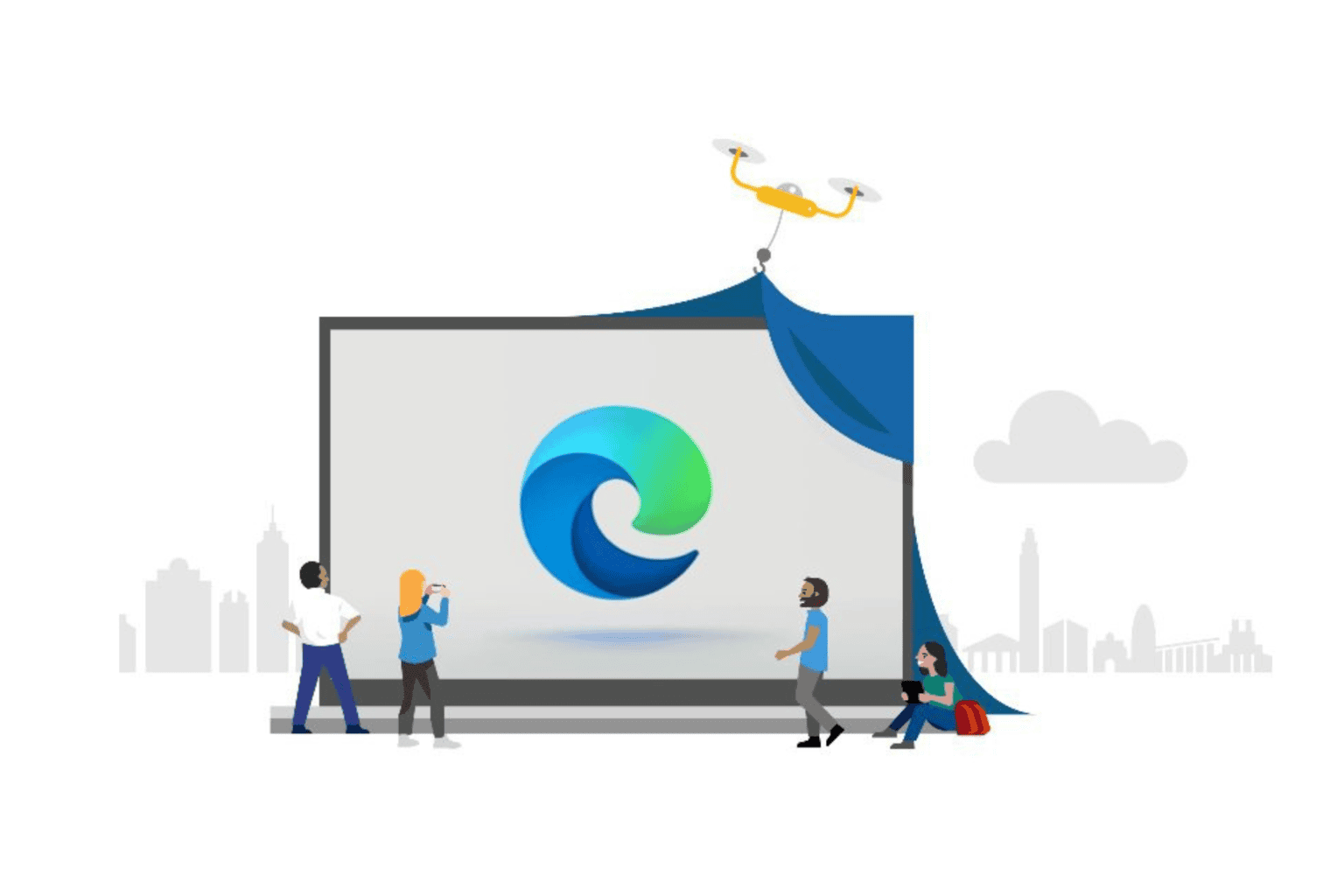
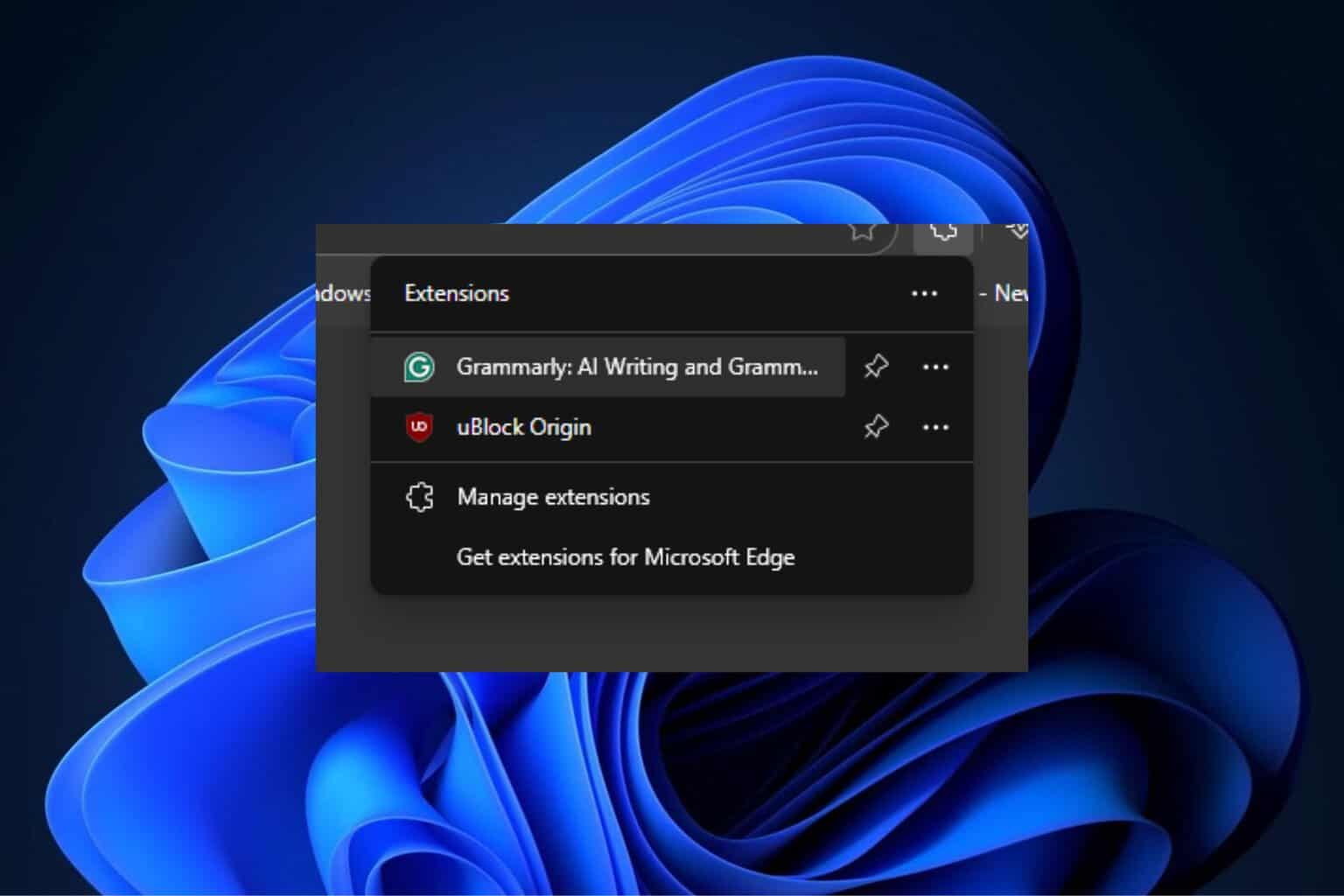
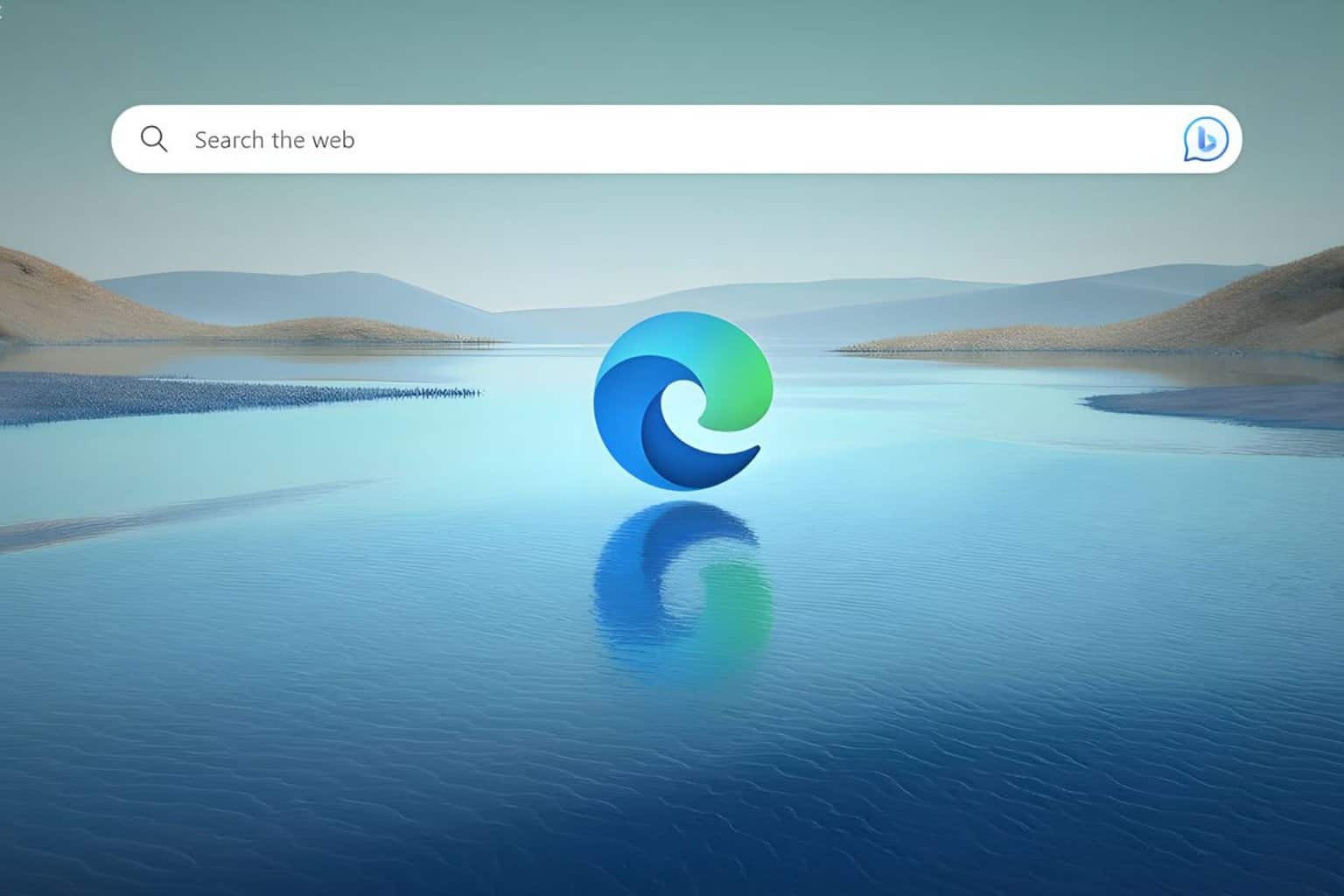
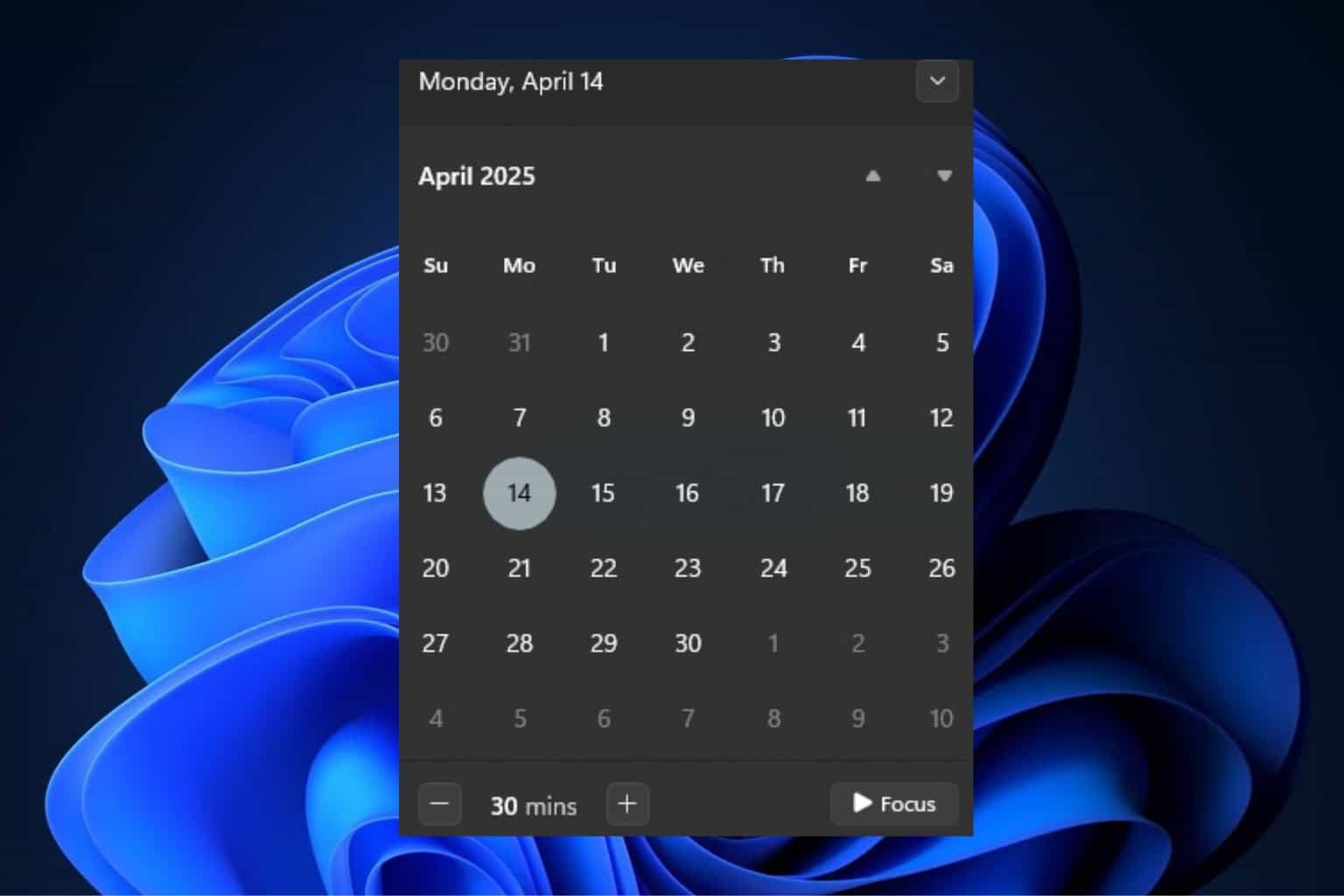
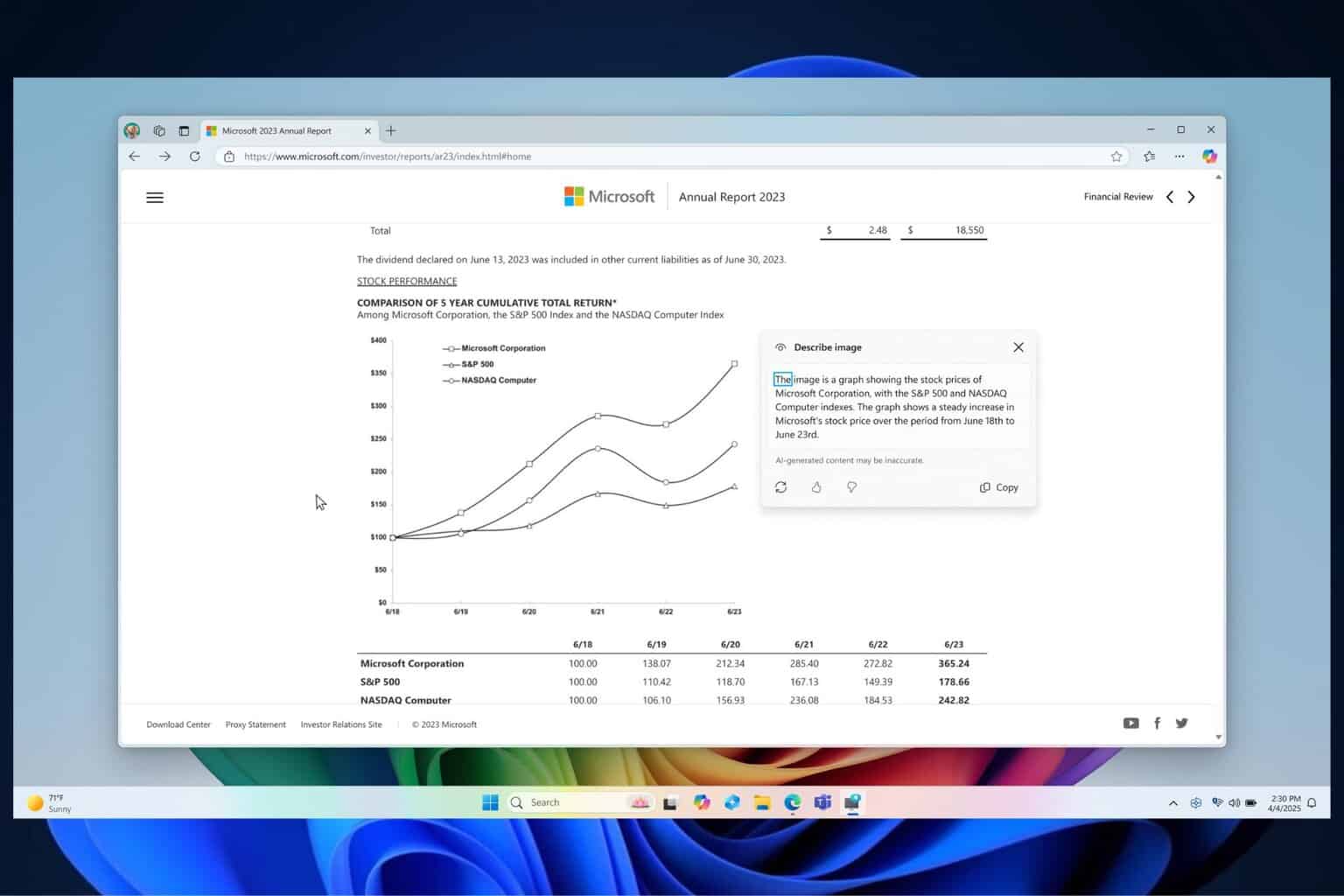
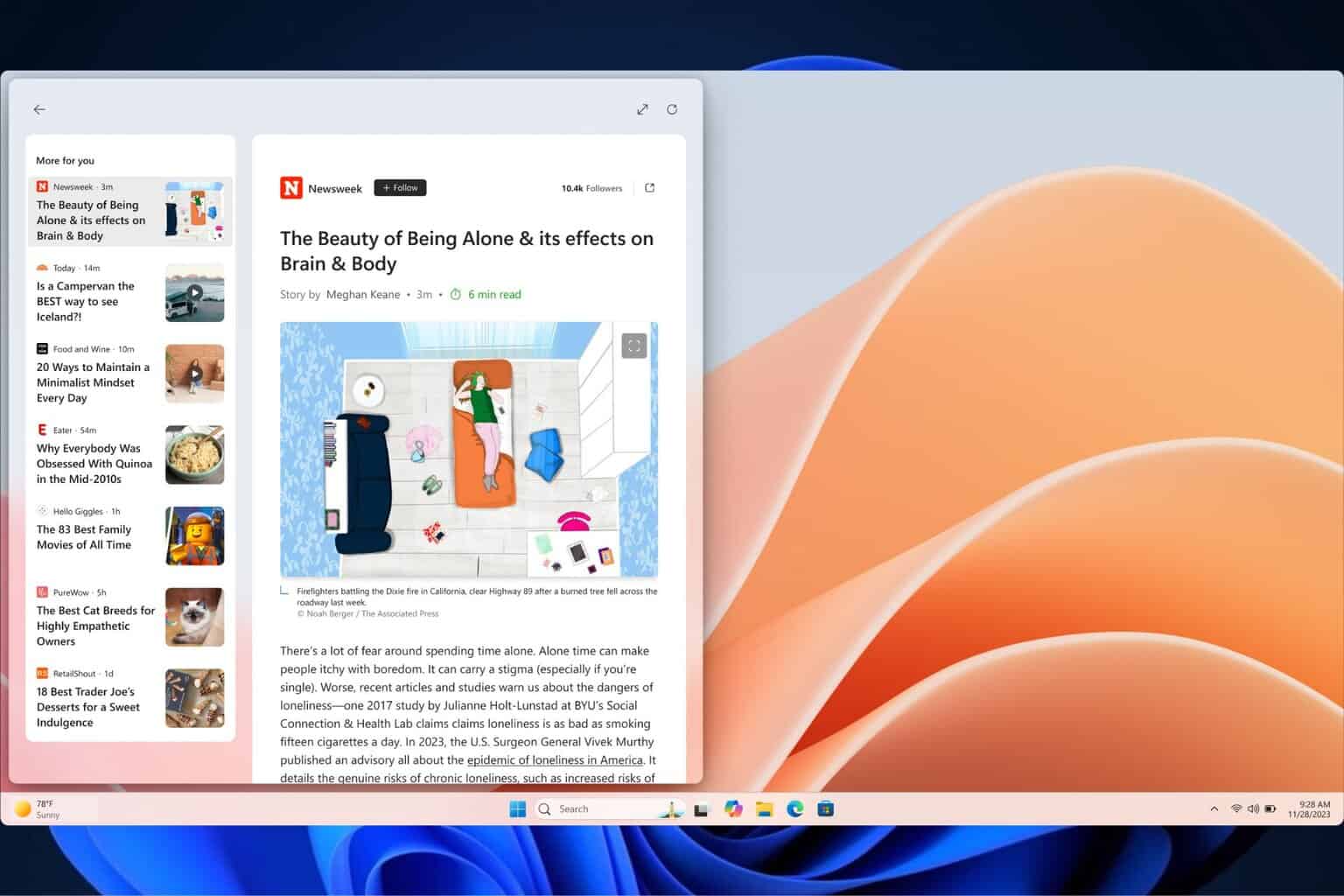
User forum
0 messages